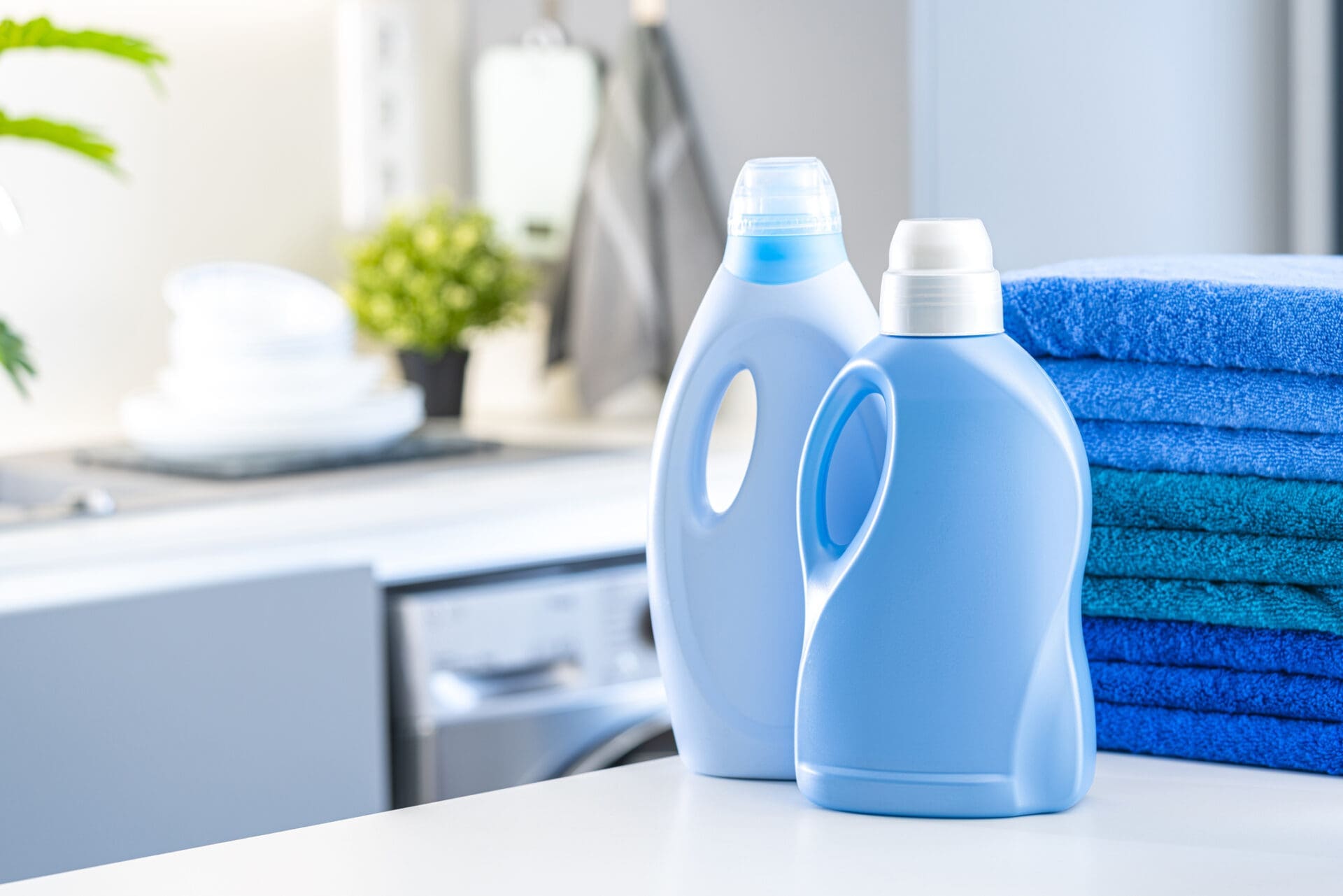
We all love our clothes clean, stain-free, and smelling fresh, but have you ever considered how they get that way, and whether the detergent you're using is safe for your health and the environment? Eager to examine the effects of popular laundry detergents, and the complex blend of ingredients they employ, researchers discovered that the common ingredient Borax (aka sodium borate) is extremely hazardous. Here, we examine the human implication of this toxic laundry detergent additive.

Among all the ingredients in laundry detergents, borax is the only element that has been proven to be detrimental to individuals and the environment
What are Laundry Detergents composed of?
Ingredients in laundry detergents have evolved from animal fat and lye to scrubbing chemicals and stain removers. To achieve a laundry load that is clean and fresh, we now have both natural and synthetic detergent solutions. Alkalies are a prominent component in the majority of detergents. The soluble salts and a base from the alkali react with an acid to neutralise it.
Some of the varieties of the alkali used in detergents are Mild Alkali (sodium bicarbonate), Moderate Alkali (borax and trisodium phosphate (TSP)), and Strong Alkali (sodium carbonate). Along with alkali, detergents contain Surfactants and Anti-Redepositing Agents like Alkyl sulfates (anionic), Alkyl ethoxylate sulfates (anionic), and Ethers of fatty alcohol (non-ionic). Other useful components in laundry detergents include PH modifiers, optical brighteners, preservatives to prevent microbial growth, and catalytic enzymes like Protease, Amylase, Pectinase, and Mannanase, that work together to break down stains and provide us with clean, fresh garments.
Borax is the only element contained in detergents that has been proven to be detrimental to individuals and the environment. Surprisingly, individuals are sharing recipes for morning smoothies with borax as one of the ingredients on TikTok without realising the dangers. The #boraxchallenge has become so popular on TikTok that adding a pinch to water or morning coffee is now regarded as a good means of cleaning the body from within (which is in fact extremely damaging).
Borax is a boron-containing chemical compound that is offered as a cleaning agent or laundry detergent. Its texture is powdery white, and it is also known as sodium borate (Na2B4O7.10H2), sodium tetraborate, or disodium tetraborate. It is made up of boron, sodium, and oxygen. It is dangerous to humans and merely inhaling it might result in major health consequences. When consumed, it produces vomiting and diarrhoea, and drinking or bathing in it causes skin rashes.
According to the National Capital Poison Centre, taking Borax for an extended period of time can result in anaemia. Various research has proven that prolonged exposure to borax may harm male reproductive organs. According to National Institutes of Health, borax is associated with several adverse health effects like irritation, hormone issues, toxicity, mouth infection, eye irritation, respiratory problems and even death. Given the numerous negative effects of borax, it is prudent to avoid using it in any form if possible. We've compiled a list of alternatives to the common laundry detergents that everyone uses.
Given the detrimental impacts of borax, it is critical to seek out other, safer cleaning solutions:
Along with all these alternative options, you can always try DIY options at home to clean and brighten up your clothes, like incorporating ingredients like lemon, baking soda, white vinegar etc.
If you want to know more about the environmental and health effects of chemicals, or how to minimise risk while working with chemicals, we’re here to help. We have tools to help you with mandatory reporting, as well as generating SDS and Risk Assessments. We also have a library of webinars covering global safety regulations, software training, accredited courses, and labelling requirements. For more information, contact us today!
Sources: